Harvard College received 5% fewer undergraduate applications this year, following a tumultuous period that saw the resignation of its president and a Supreme Court ruling that gutted affirmative action. But the university still received applications from an extraordinary pool of candidates.
Admissions officers are seeking students with excellent grades and a compelling story, including passions outside the classroom or unique research experiences.
Harvard’s Early Application Numbers Drop 17% to Four-Year Lows
Harvard’s application numbers took a hit this year, but it’s not the only school in town feeling the pinch. Early applications to the Ivy League university dropped 17%, compared to last year’s numbers. That’s a four-year low.
The drop follows months of turbulence on the prestigious school’s campus, including a controversy over anti-Israel protests and accusations of antisemitism. The Supreme Court also struck down the university’s race-conscious admissions programs, in a major blow to affirmative action policies.
But applicants still seem to be flocking to other top schools, particularly those that offer nonbinding early applications. Yale University, Dartmouth College and Columbia University all saw their applications rise. So did schools that are known for their liberal arts focus, such as MIT and the University of Pennsylvania.
A place at Harvard used to be a sought-after label for high school students, but the recent scandals have caused some prospective freshmen to reconsider. Some fear that a degree from the elite institution could harm their job prospects, especially after companies like Barstool Sports halted on-campus recruiting. Others worry about experiences on campus, including antisemitism, and the controversies surrounding President Claudine Gay’s ill-advised testimony before Congress on free speech and antisemitism.
The Harvard admissions committee said this year that it “continues to seek a class of students distinguished by excellence inside and outside the classroom.” That means top academic grades, an impressive record of community service and a compelling personal narrative, which can include leadership roles, significant research projects and a story about how your unique background has shaped your perspective.
Yale’s Early Application Numbers Rise 14%
Harvard’s dip in applications stands in stark contrast to the rise in applications at some of its Ivy League peers. Yale’s early admissions pool rose 14% this year, while Columbia’s jumped 10%. Duke saw a record number of early applications, and even the University of Pennsylvania, which has been in the headlines for its handling of antisemitism allegations, reported a 10% increase in applications.
The Ivy League schools have been trying to distance themselves from the negative perception of elitism that accompanies their minuscule acceptance rates in recent years, with many releasing data on the size of their applicant pools. This year’s figures also offer a first glimpse at college admissions after the Supreme Court gutted affirmative action.
Amid all the turmoil that has swirled around the Ivy League this year—from the fallout from antisemitism and anti-Asian bias to the resignation of president Elizabeth Magill over her legalistic testimony at a House hearing on campus antisemitism—it’s unclear how much the publicity has hurt Harvard’s reputation among high school students and their families.
It’s important to keep in mind, however, that a Harvard acceptance letter still carries considerable weight in the lives of applicants and their parents. In the past, a legacy student had about a one in three chance of getting in through the EA process and a child on the dean’s interest list had about a 40% chance of being admitted. But even with these numbers dwindling, Harvard is still one of the most sought-after institutions in the world.
Dartmouth’s Early Application Numbers Rise 17%
While Harvard’s applications dipped this year, many elite schools reported record or near-record application totals. Among them, Yale saw its application numbers rise slightly after falling to two-decade lows last year and Columbia reported that applicants rose for the first time in three years. Some colleges also released early admission figures, giving prospective students a look at the admission rates they can expect for next year.
Harvard’s early acceptance rate remained high, at 8.7%, despite the dwindling applicant pool. The number of students accepted through its regular decision process also stayed high at 25,239, suggesting that the school’s leadership crisis and allegations of antisemitism did not deter prospective graduate students.
The data also offer a glimpse at Ivy League admissions trends following a summer of turbulence, including a firestorm of criticism over the college’s response to a letter critical of Israel and congressional hearings on antisemitism. It also marks the first admissions cycle since the Supreme Court ruled against Harvard’s use of race-conscious admissions, which has led some observers to question whether the turbulence is hurting the university’s reputation among high school students.
The new data also show that applications to Dartmouth, which has maintained its test-optional policy and stresses a holistic admissions process, are on the rise this year. The school also boosted its outreach to underrepresented students through QuestBridge, which matches low-income high school students with colleges across the United States.
Columbia’s Early Application Numbers Rise 14%
After years of soaring applications and sky-high acceptance rates, Columbia College has slowed its rate of growth this admissions cycle. The school’s application numbers in both its Regular Decision and Early Action rounds have climbed slightly this year, but still remain well above last year’s levels.
The Columbia MBA has also held steady, as the program’s first readers assign applicants scores based on their academic achievements, extracurricular activities, athletic prospects, and personal qualities, as well as the strength of their “school support,” which consists of letters of recommendation. In evaluating candidates, first readers are supposed to take into account the likelihood that an admitted student will qualify for full financial aid, as the school aims to attract students who can transcend economic disadvantages and achieve exceptional academic distinction.
It’s been a tough few months for elite colleges, with Harvard at the center of several controversies. In addition to the Supreme Court ruling that struck down affirmative action, the school came under fire for not unequivocally condemning Hamas’ Oct. 7 terror attack on Israel, and for Harvard President Claudine Gay’s disastrous testimony before Congress about antisemitism and free speech.
It’s hard to know how much the turmoil may have influenced applicants’ decisions to apply this year, but it’s not surprising that some high school seniors were hesitant to submit their applications after Harvard found itself at the center of such scrutiny. It’s worth noting, however, that applications for other elite schools remained strong this year. Yale saw a slight rise in applications, while the University of Pennsylvania, where antisemitism allegations have dogged the school for months, saw applications soar for the first time in three years.








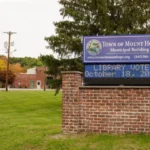




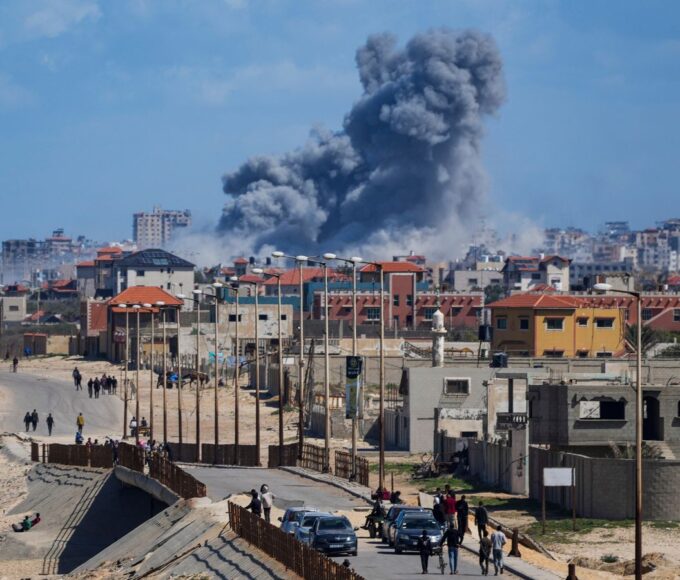
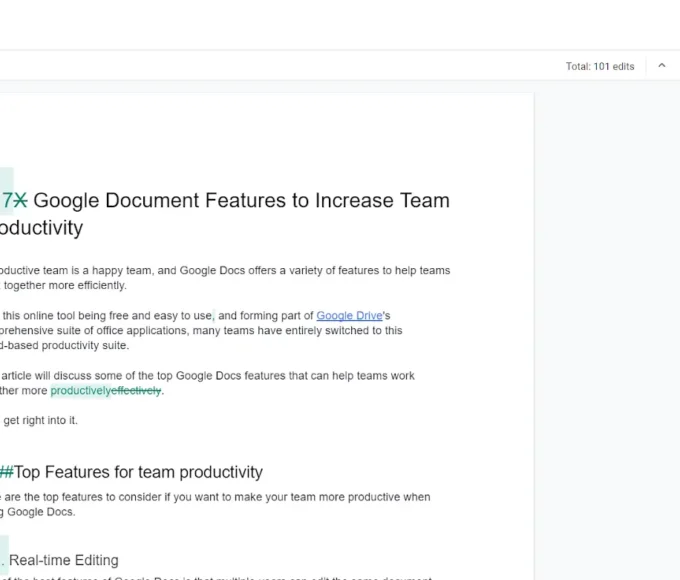
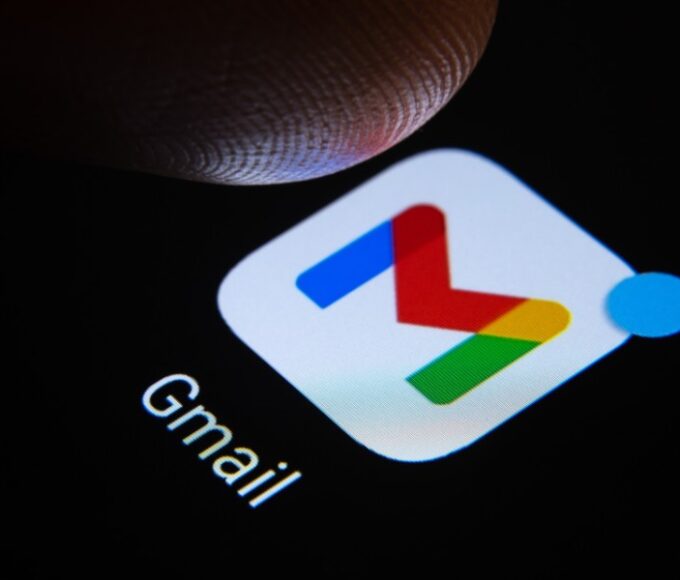
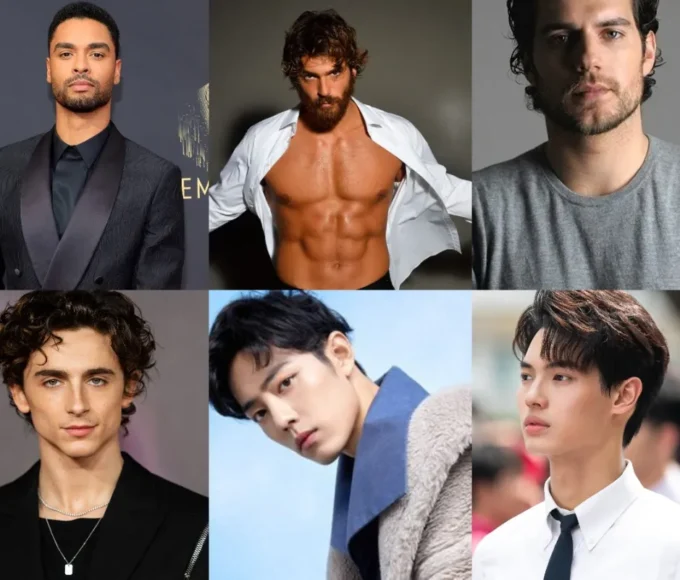
Leave a comment